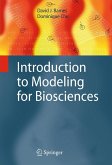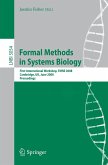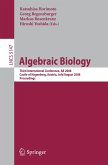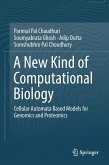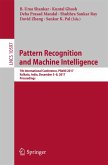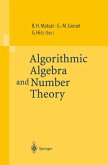This accessible text/reference presents a detailed introduction to the use of a wide range of software tools and modeling environments for use in the biosciences, as well as some of the fundamental mathematical background. The practical constraints and difficulties presented by each modeling technique are described in detail, enabling the researcher to determine quickly which software package would be most useful for their particular problem.
This Guide to Simulation and Modeling for Biosciences is a fully updated and enhanced revision of the authors' earlier Introduction to Modeling for Biosciences. Written with the particular needs of the novice modeler in mind, this unique and helpful work guides the reader through realistic and concrete modeling projects, highlighting and commenting on the process of abstracting the real system into a model.
Topics and features:
Students and active researchers in the biosciences will benefit from the discussions of the high-quality, tried-and-tested modeling tools described in the book, as well as the thorough descriptions and examples.
This Guide to Simulation and Modeling for Biosciences is a fully updated and enhanced revision of the authors' earlier Introduction to Modeling for Biosciences. Written with the particular needs of the novice modeler in mind, this unique and helpful work guides the reader through realistic and concrete modeling projects, highlighting and commenting on the process of abstracting the real system into a model.
Topics and features:
- Introduces a basic array of techniques to formulate models of biological systems, and to solve them
- Discusses agent-based models, stochastic modeling techniques, differential equations, spatial simulations, and Gillespie's stochastic simulation algorithm
- Provides exercises to help the reader sharpen their understanding of the topics
- Describes such useful tools as the Maxima algebra system, the PRISM model checker, and the modeling environments Repast Simphony and Smoldyn
- Contains appendices on rules of differentiation and integration, Maxima and PRISM notation, and some additional mathematical concepts
- Offers supplementary material at an associated website,
Students and active researchers in the biosciences will benefit from the discussions of the high-quality, tried-and-tested modeling tools described in the book, as well as the thorough descriptions and examples.
Dieser Download kann aus rechtlichen Gründen nur mit Rechnungsadresse in A, B, BG, CY, CZ, D, DK, EW, E, FIN, F, GR, HR, H, IRL, I, LT, L, LR, M, NL, PL, P, R, S, SLO, SK ausgeliefert werden.



